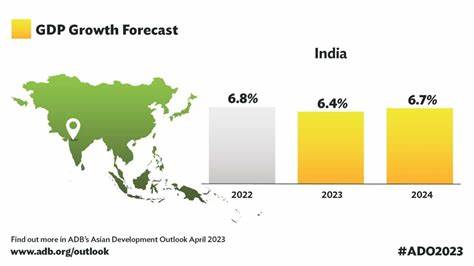
Introduction:
North India has demonstrated its dominance in the interior design market in recent years, taking a sizable portion of the expansion and innovation in the sector. With states including Delhi, Uttar Pradesh, Punjab, Haryana, and Rajasthan included, this area has emerged as a center for architectural and design trends, establishing standards for opulence, practicality, and cultural aesthetics in both residential and commercial settings.
Rise in Urbanization and Infrastructure Development:
North India is a leader in the interior design industry due in large part to its rapid urbanization and extensive infrastructure development. New residential and commercial real estate developments have sprung up in cities like Delhi-NCR, which has increased demand for creative interior design solutions. In addition to domestic designers, this trend has drawn in foreign companies hoping to take advantage of the expanding market.
Cultural Diversity and Design Aesthetics:
North India’s rich cultural heritage plays a pivotal role in shaping its interior design landscape. The region boasts a diverse tapestry of design aesthetics, blending traditional motifs with contemporary sensibilities. From Mughal-inspired architecture to vibrant Rajasthani hues and the minimalist chic of modern Delhi homes, designers in North India draw inspiration from a wide spectrum of cultural influences, catering to varied client preferences.
Luxury Segment Dominance:
Luxury segment projects have significantly contributed to North India’s market share in interior design. High-net-worth individuals and premium real estate developers gravitate towards bespoke design solutions that reflect opulence and exclusivity. This demand has spurred the growth of luxury design studios and bespoke furniture makers, further reinforcing the region’s reputation as a hub for affluent clientele seeking personalized, high-end interiors.
Technological Integration and Innovation:
The adoption of advanced technologies such as 3D rendering, virtual reality (VR), and augmented reality (AR) has revolutionized the interior design process in North India. Design firms leverage these tools to offer immersive client experiences, allowing stakeholders to visualize and customize spaces with unprecedented accuracy and detail. This technological prowess not only enhances design precision but also expedites project timelines, making North India a frontrunner in cutting-edge design solutions.
Sustainable Design Practices:
In response to global environmental concerns, North India has embraced sustainable design practices as a key differentiator in the market. Designers prioritize eco-friendly materials, energy-efficient solutions, and sustainable construction practices to minimize environmental impact while meeting stringent regulatory standards. This commitment to sustainability not only appeals to environmentally conscious clients but also positions North India as a leader in responsible design innovation.
Challenges and Opportunities:
Despite its growth trajectory, North India’s interior design sector faces challenges such as fluctuating economic conditions, regulatory complexities, and evolving consumer preferences. However, these challenges present opportunities for industry stakeholders to innovate, collaborate, and adapt to emerging trends. Strategic partnerships between design firms, real estate developers, and technology providers are poised to reshape the region’s design landscape, fostering a dynamic ecosystem of creativity and market leadership.
In conclusion
North India’s ascendancy in the interior design market underscores its role as a dynamic powerhouse of creativity, innovation, and cultural expression. With a blend of heritage-inspired designs, technological integration, and sustainable practices, the region continues to redefine luxury and functionality in residential and commercial spaces. The future looks promising as North India continues to lead due to changing consumer expectations and revolutionary design trends.